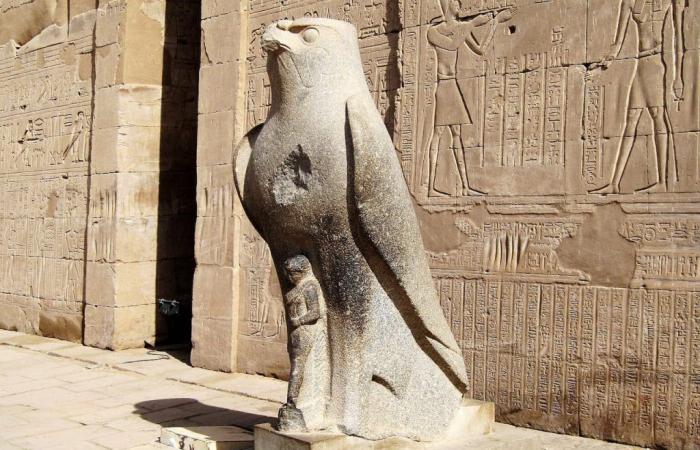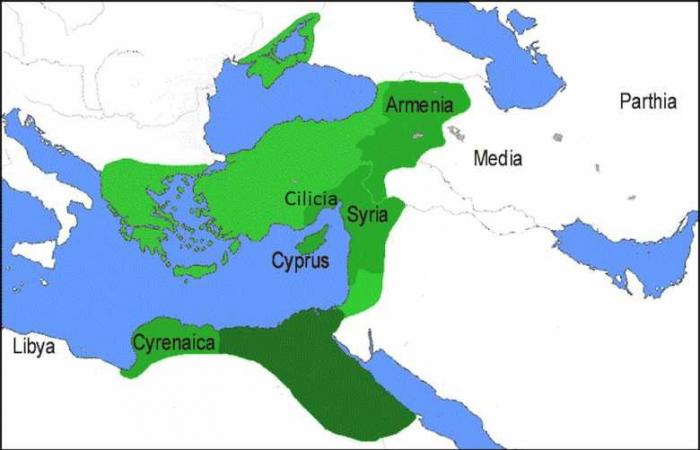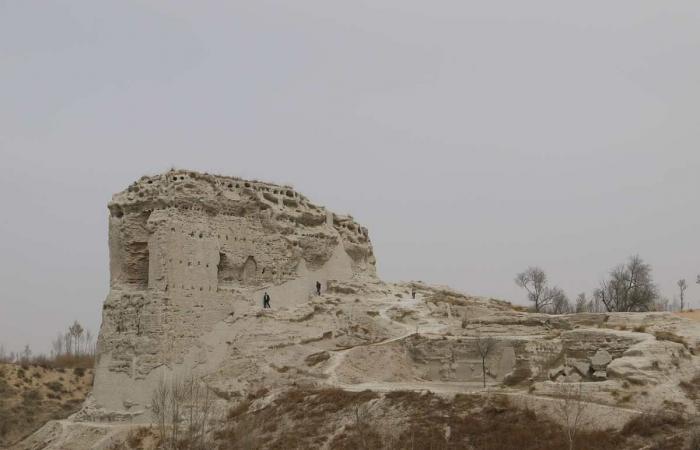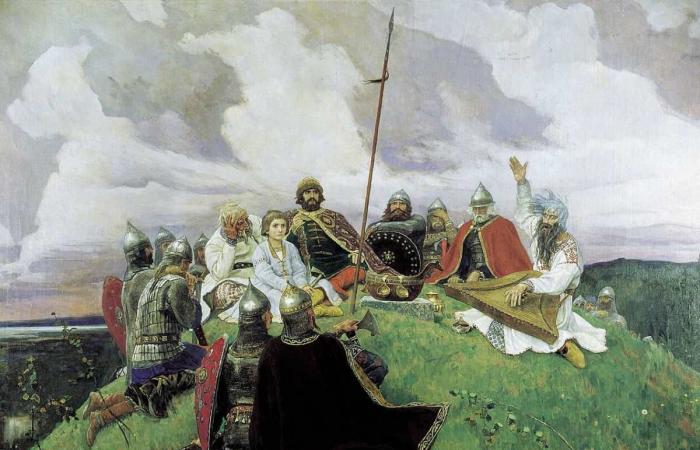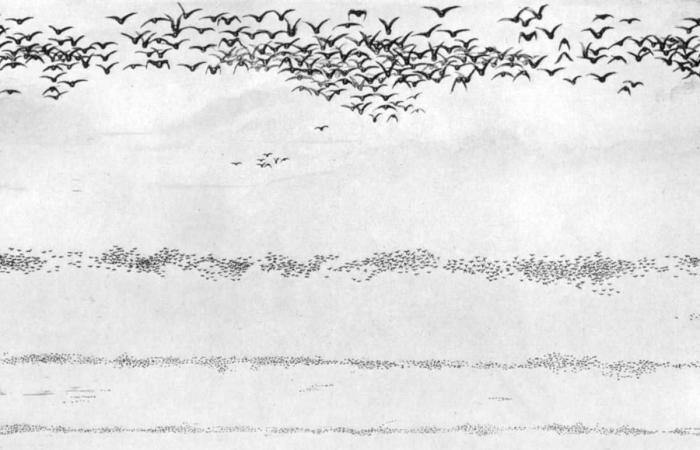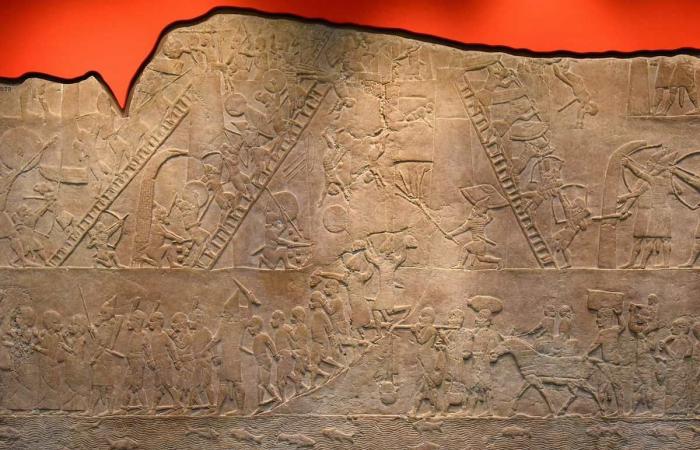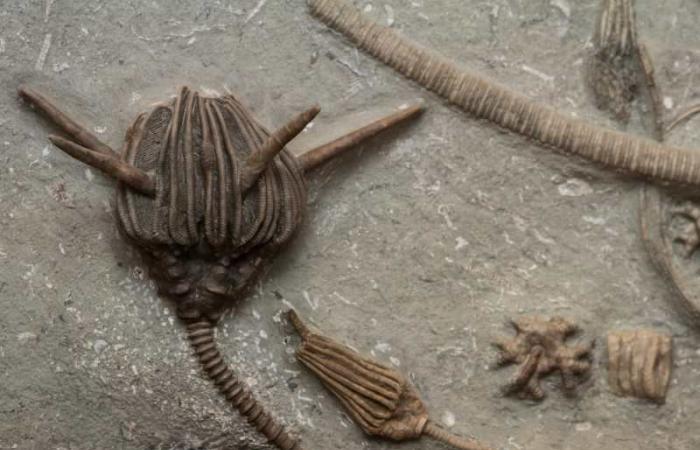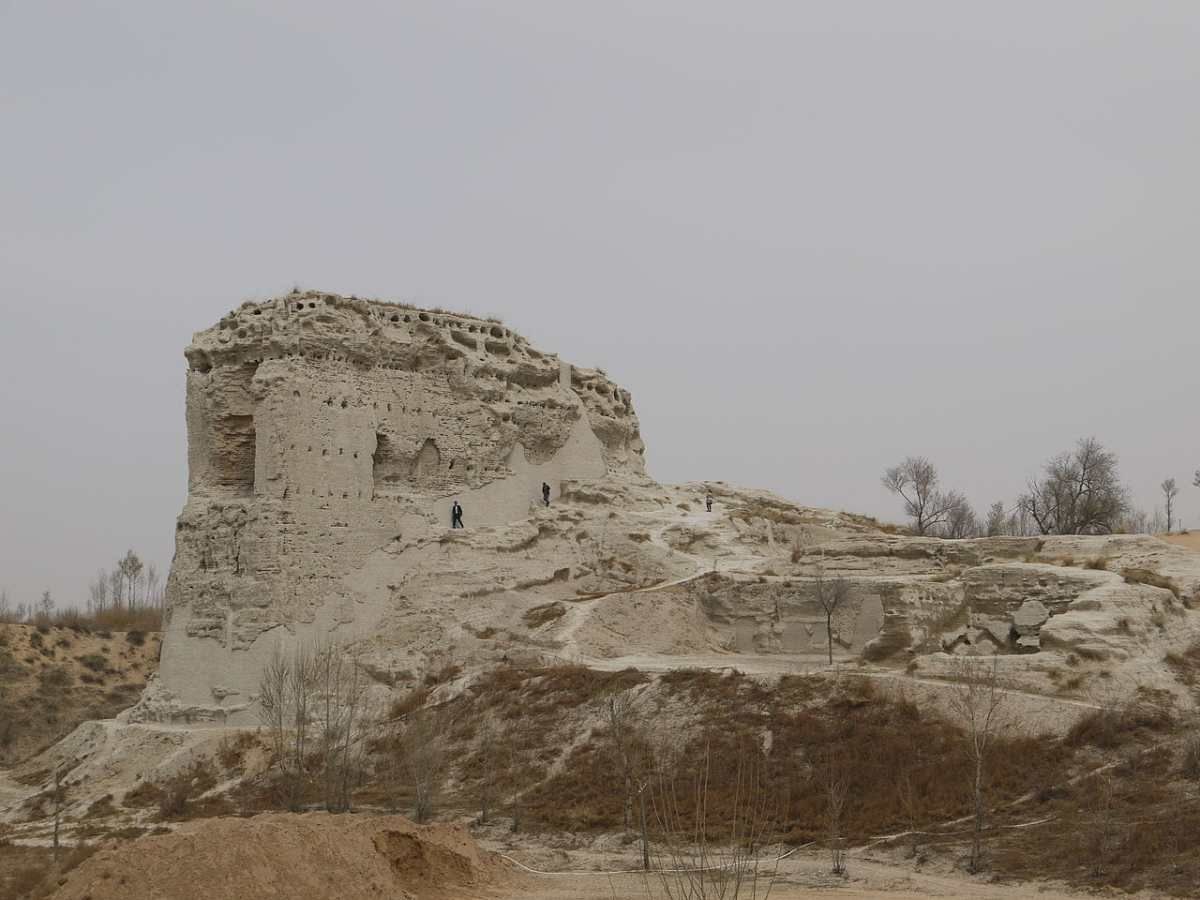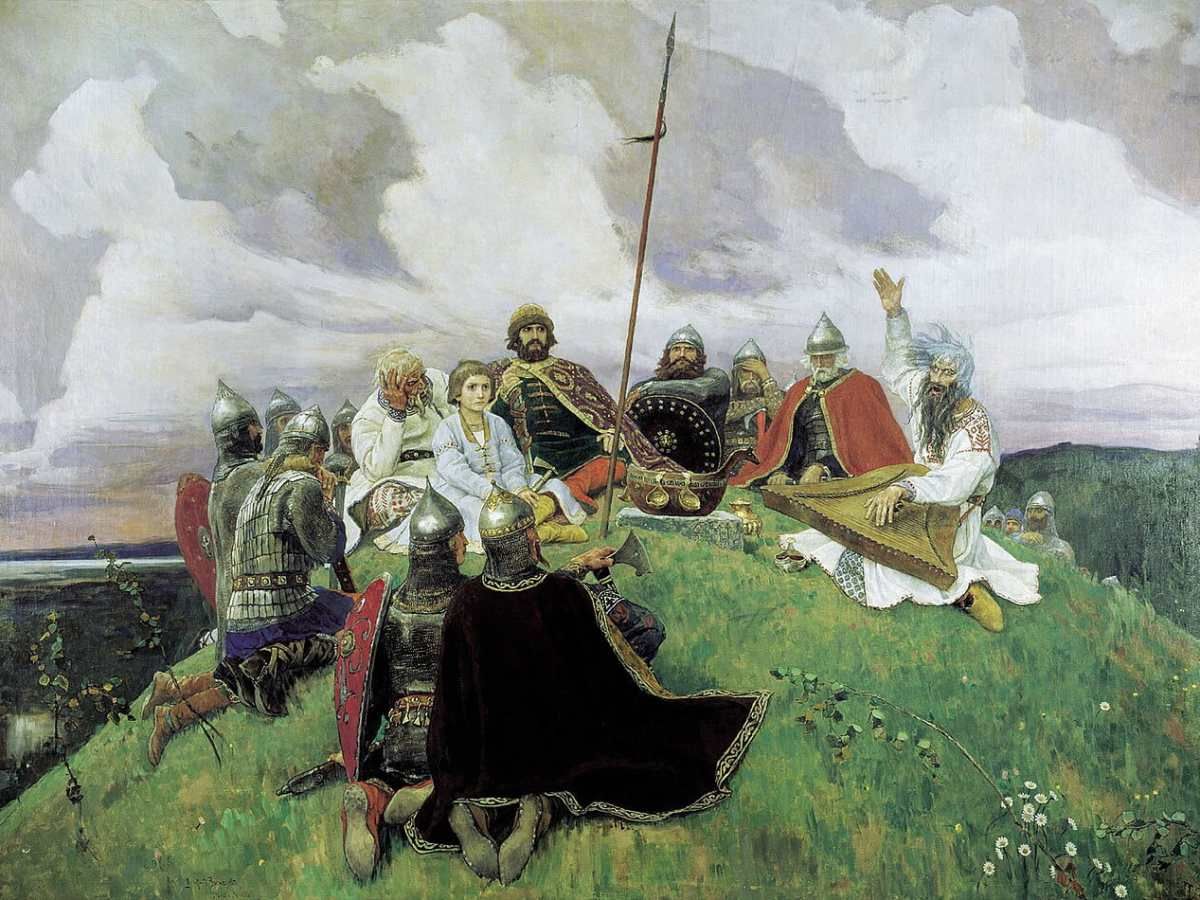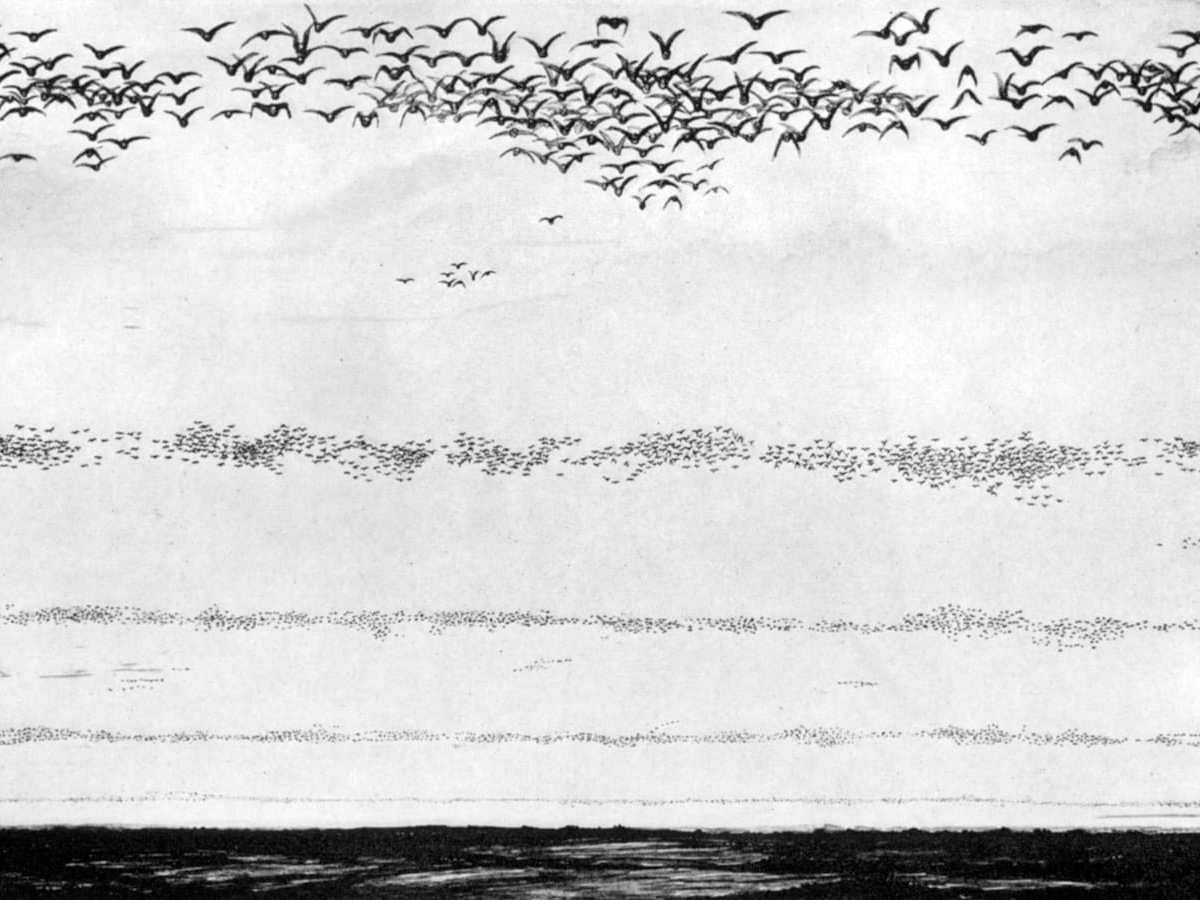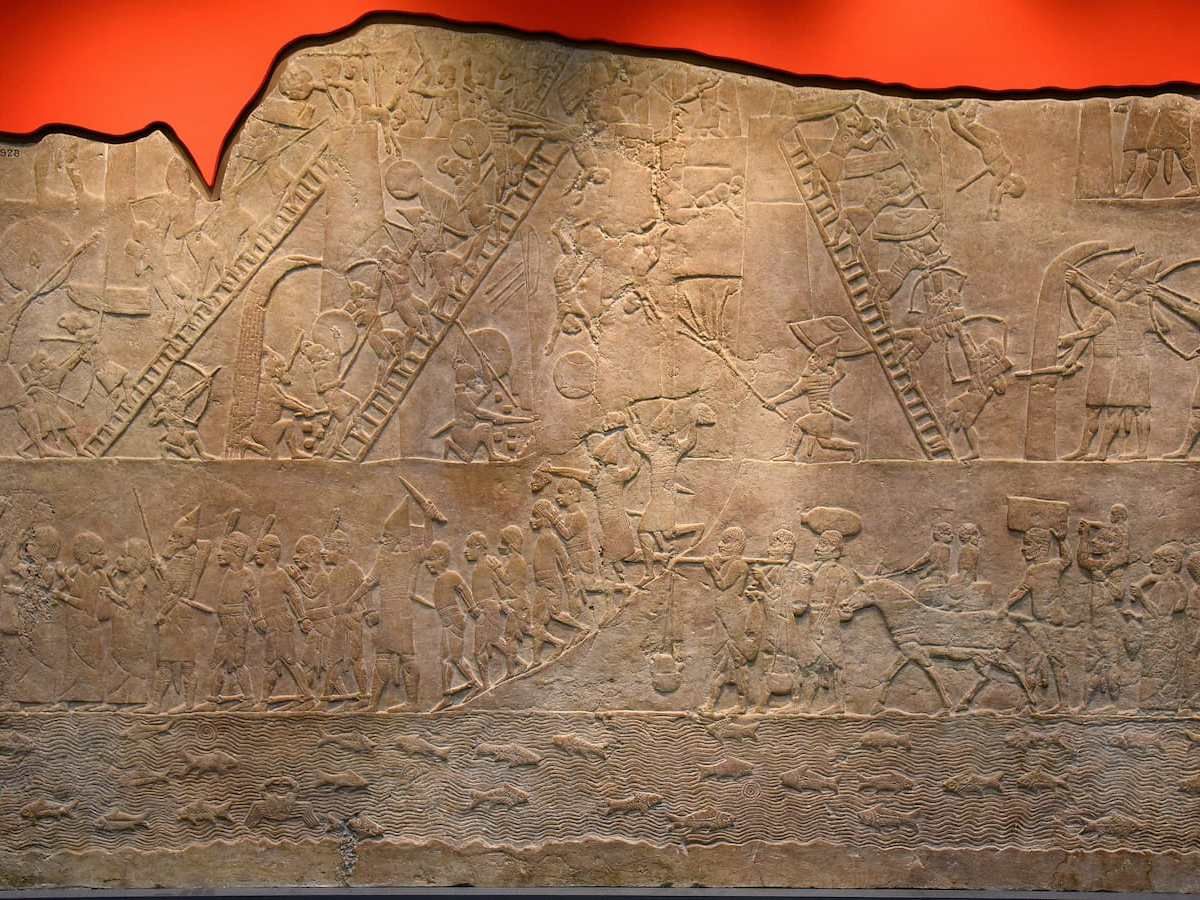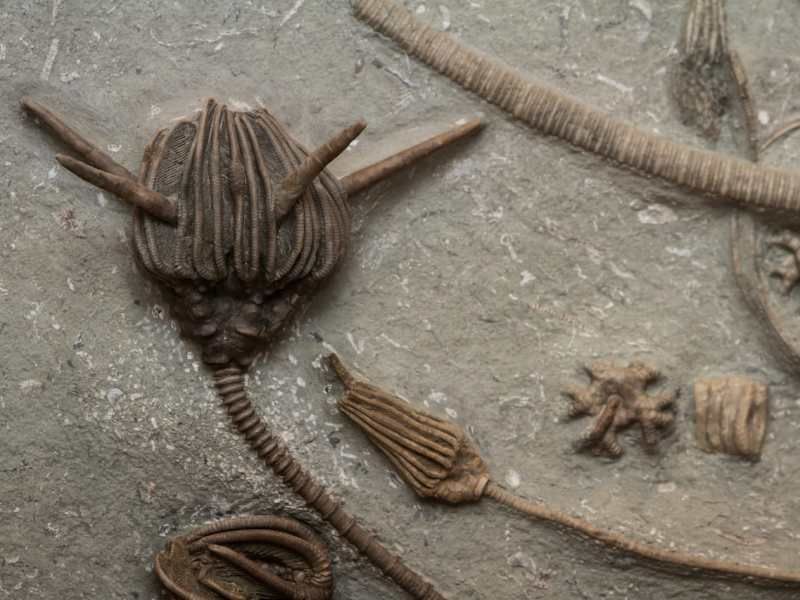It was the year 30 BC when Octavian’s victory in the Battle of Actium put an end to the Third Civil War, turning Egypt into a mere Roman province. With this new political-administrative status, the dignity of the Egyptian pharaoh disappeared and was replaced by that of a proconsul. The last, who reigned associated with his mother Cleopatra as co-regent, was called Ptolemy XV Philopator Philometor Caesar, but he has gone down in history with the nickname given to him by his own subjects in Alexandria: Caesarion, that is, “Little Caesar”, to be the alleged son of Julius Caesar.
We say presumed because, although paternity is generally taken for granted, in reality it is not so clear. The sources that attest to this are later and Caesar himself never officially recognized it – although it does seem that he allowed the child to use his name – probably due to the legal problems that this implied for testamentary purposes.
Perhaps that is why there was no shortage of authors who denied it; Among the most significant was Gaius Opius, Caesar’s close friend and his secretary, who wrote a pamphlet trying to demonstrate the falsity of the filiation.
In any case, in his time it was already considered certain that Caesarion was his son, fathered during the meeting that Caesar had with Cleopatra during the siege of Alexandria, in the context of the succession struggle between the Egyptian queen and her brother Ptolemy XIII, since both remained together for two months when the hostilities ended and she received the crown associated with another brother, the little one (he was twelve years old) Ptolemy XIV. Cleopatra gave birth in Alexandria itself in June 47 BC and settled with his lover in the Horti Caesari, one of the two villas he had in Rome.
The reason for this transfer to the capital of the republic would be to wait for the newborn to be declared heir and successor, as he is Caesar’s only known biological son. However, we already said that he never legally recognized it, which increased the accusations of bastardy and the impossibility of that hereditary condition, given that Caesarion did not have Roman citizenship. Something that was even more evident in 44 BC, when Caesar adopted his great-nephew Octavian; the same year he was murdered.
The death of the dictator caused the return to Egypt of Cleopatra, who took her son with her. She ended up in Alexandria, where just five months later the young pharaoh Ptolemy years; the Roman Senate signed it.
The boy received the name Ptolemy XV, but his mother added the cognomen Caesar, from which we already saw that the popular nickname derives. They were, as she herself said and as she showed the iconography, equivalent to the goddess Isis and her offspring Horus.
There has been no news of the character in eight years; a constant, on the other hand, since we hardly have any biographical data about him beyond those strictly related to Cleopatra and Caesar; If anything, that already in his adolescence he had a Greek named Rodón as a tutor.
Even the iconography is scarce, basically reduced to a complementary statue of another found in the port of Alexandria in 1997, a relief from the temple of Hathor in Dendera in which he is shown with his mother as an adult pharaoh, his child effigy in some coins… Most of the artistic representations are much later.
Except for a reference in 36 BC, the calls Antioch Donations (so called because they were made in that city, where Mark Antony and Cleopatra met with their offspring), Caesarion is not mentioned again in documents until 34 BC, in the Alexandria Donations. These constituted a set of legacies by which Mark Antony distributed lands among Cleopatra’s children (apart from the one in question, he had three others with the Roman: Alexander Helios, Cleopatra Selene and Ptolemy Philadelphus) and proclaimed the breakup of his marriage with Octavia (he had married the Egyptian queen even though bigamy was illegal in Rome).
By Alexandria Donations, Mark Antony gave Armenia and Parthia (which had not yet been conquered) to Alexander Helios, Cyrenaica and Libya to Cleopatra Selene II, and Syria and Cilicia to Ptolemy Philadelphus. He also named a fourteen-year-old Caesarion as pharaoh and King of Kings, as co-regent but subordinate to his mother (iconography always shows him in a lower position, while Mark Antony appears at the same height), in addition to officially recognize him as the son of Julius Caesar and appoint himself his guardian. He even added the distinction of Divi filiusthat is, “son of a god”, something unprecedented.
All this was the icing on the cake that filled the patience of Octavius, who until then was his partner in the triumvirate along with Lepidus (and who, ironically, would later also use the title Divi filius). And the fact is that in addition to the offense that was inflicted on his sister and the fact that Libya, which Mark Antony had handed over to his daughter, was under his jurisdiction, he recognized Caesar’s paternity, which posed a danger to his ambition. to seize power through the ascendancy that the child could exercise over the army and over the people of Rome themselves; Taking things to the extreme, there was the risk that he would even consider Octavio himself a usurper.
Consequently, in the year 33 BC, not only was the triumvirate not renewed, but Octavian managed to obtain Mark Antony’s will, which was deposited in the temple of Vesta, and make it public. The document revealed that her author did not bequeath anything to her wife Octavia nor to the daughters he had with her despite being the legal heirs according to Roman law. As expected, the scandal led to the declaration of war on Egypt and we already explained before that the conflict ended with an Octavian victory. Mark Antony and Cleopatra, after the defeat at Actium, took their own lives and the destiny of their offspring changed.
Alexander Helios, Cleopatra Selene and Ptolemy Philadelphus had to parade in chains in the military triumph that was celebrated in Rome and were then handed over to Octavia, who was already caring for the children of Antony’s previous marriages. Nothing more is known about the two children; she was married to the Numidian king Juba II. As for Caesarion, her mother initially informed him that she should assume the crown alone later, perhaps because she hoped Octavian would let her go into exile with her lover; After all, she had done so with Lepidus despite having taken up arms.
However, Octavio was not willing to leave dangerous loose ends; As his teacher Arius Didymus said, It is not good that there are so many Caesars . That is why he was implacable when Caesarion made the mistake of listening to Rodon’s advice to trust in the Roman’s magnanimity. Cleopatra had taken him to safety on a ship that, going up the Nile, took him first to Coptos and then to Berenice, on the coast of the Red Sea, from where she could request asylum in Arabia or India. Instead, in 30 BC, having just come of age, he returned to Alexandria, where Octavian ordered his death. Her mother and Marco Antonio had preceded him in this.

